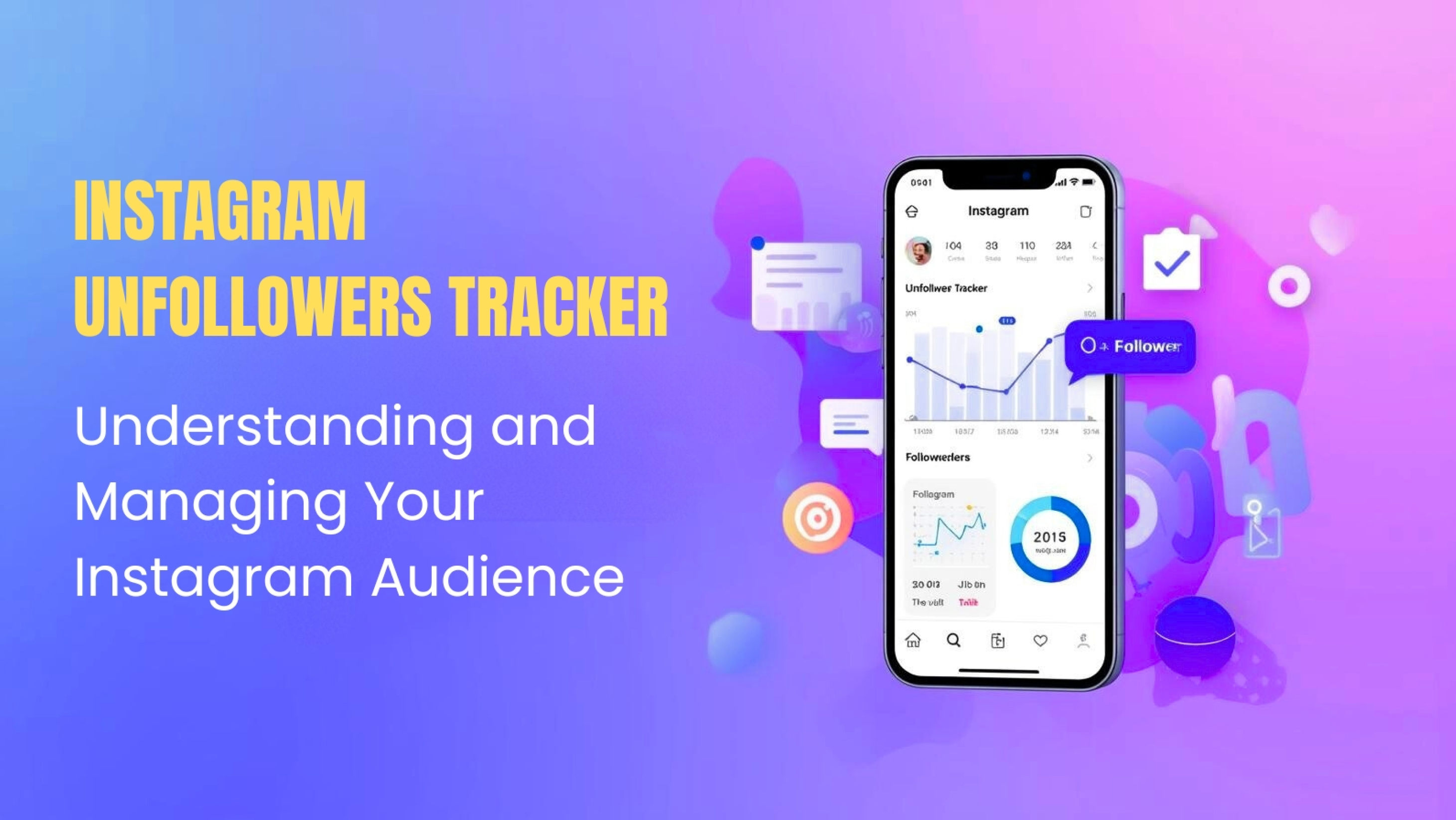Do you want to increase the speed of your website? Are you searching for how to use GTmetrix to speed up your website? Then don't be late. Just read the article below and improve your website performance.
What Is GTmetrix?
There is a program called GTmetrix that examines the page speed and performance of a web page. In addition to generating scores, it also provides Page speed and Wi Slow. You may use it to obtain thorough reports about your site's performance for free. It assigns a score to each page and makes suggestions on how to improve them. Using the WordPress dashboard, we can perform reliable analytics reports.
Reports can indeed be placed for daily, weekly, and even monthly delivery. As soon as a WordPress administrator issues a status update on the site, it receives a wide awake. Firstly, we need to create a free GTmetrix account by filling out the form. Each day, our free profile can only make a certain number of requests.
The GTmetrix website is the only place where you can access their web-based version. Firefox, Chrome, Safari, and Internet Explorer users who don't wish to utilize the plugin are accessible to have GTmetrix bookmarks added to their web browsers.
Features of GTmetrix:
Content Delivery Network is composed of several computers situated in different cloud services to create the database. Aside from improving page loading times, this also helps to cut down on bounce rates! If you want to enhance your performance, reduce the time it takes for a page to load. Your site's requests will be cut by three or four, saving you two-thirds of your bandwidth capacity.
Overview of the primary performance indicator:
It's possible to obtain a summary of the page's performance in GTmetrix's report. Google Lighthouse's analysis of your site's performance gives helpful information for performance enhancement. It is all to name a few contents full paints, the overall blocking duration, and the cumulative layout shift. Focus on the essential performance metrics for your visitors.
Track performance with monitoring graphs and performance:
Monitoring your website's performance is easy using scheduled monitoring, which allows you to see the progress of your website in an interactive chart. Assign yourself a warning system that will alert you when your page is malfunctioning so you can take action. Monitor pages and run tests on a daily, weekly, or monthly basis to ensure optimal performance. For analyzing your performance, there are four graphs available: Web Vitals, Page Timings, Screen Resolution, and Request Rates, and Productivity Scores.
Zooming, panning, and choosing a date range can help you find particular performance histories. Your data will have more context if you annotate it and highlight areas of interest. Website Symptoms and Page Timings are useful for trigger alerts.
Analyze your page on mobile devices:
A genuine Android device or Simulated Device choices are available in GTmetrix. Check how well your gear performs in the real world by using it. Monitoring and API access are not accessible; only PRO subscriptions are available. It is possible to estimate the performance of your application on more than 20 different mobile devices and variations. Assemble a responsive website that loads quickly on all devices.
How to improve the GTmetrix score of your website:
As global digital infrastructure expands, online users' expectations for page loading times have risen dramatically. Every website's user experience is impacting by the speed at which a page loads. Almost half of the online visitors quit a site that doesn't load within 3 seconds. According to Akamai's research, seventy-nine percent of users who have problems with the website's speed would not return. In other words, visits to your site aren't converting customers as they should, and the ultimate consequence is that a few seconds variation in loading speed might cost you a lot of potential revenue.
We'll show you how to improve your website performance in this article.
Optimize images:
While loading, high-resolution photos might use a lot of bandwidth. Large picture sizes are one of the most prevalent reasons for a website's page load time to rise. Images on your website can compress to make your page load faster without sacrificing picture quality. It reduces the file size of your photographs, which may result in a faster page load for your website as a consequence. When you optimize your photos and other assets to reduce their size, the overall speed of your website will improve.
Optimize your CSS:
A richer online experience has been made possible by CSS and JavaScript's ubiquity, albeit at the expense of a performance penalty. Avoid using more than one CSS file. Divide your CSS into two sections:
1. an inline portion that styles above-the-fold components
2. an outer part that may delay.
It will enhance your performance. Reduce code size and load time by using fewer declarations and operators.
Minification:
It is mandatory to reduce the number of client-server requests of an account to improve your website performance. By optimizing and minimizing code lines as much as the feasible aim may gain. All JavaScript that exceeds 4096 bytes may reduce without causing any difficulties. Simply removing unnecessary spaces and maintaining the legibility of the code can help you maintain a clean, lean, and mean code.
Leverage browser caching:
You can download the content from your site after saving it in your browser cache using a cached app, a temporary storage area. As soon as a page is loaded, it is cached or temporarily stored. A visitor's browser won't have to submit another HTTP request to the server the next time they visit, resulting in quicker page loading. According to research, 40-60% of your site's users arrive with an empty cache. A minimum of a week or perhaps a year is ideal for caching. Browser caching should be enabled to improve the responsiveness and performance of your website.
Minimize HTTP requests:
Whenever a browser requests a page, file, or picture from a web server HTTP, (Hypertext Transfer Protocol) requests are made. One study found that these queries tend to take up roughly 80 percent of the loading time of a Web page. It means that loading more than 30 files at once is impossible since the browser restricts requests to 4 to 6 synchronous connections per domain. It means that when you make more HTTP requests, it takes longer for the website to go and get them all, increasing the load time of your web page.
Usage of CDN:
Content Delivery Network is composed of several computers situated in different cloud services to create the database. Aside from improving page loading times, this also helps to cut down on bounce rates! If you want to enhance your performance, reduce the time it takes for a page to load. Your site's requests will be cut by three or four, saving you two-thirds of your bandwidth capacity.
















Post Comments